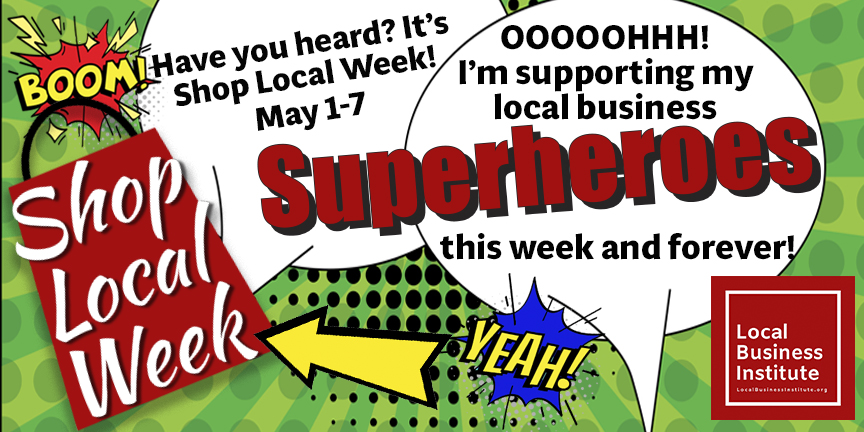We are all anxious to leave this pandemic-ridden world and return to some form of normalcy. The community of friends and commerce where our everyday encounters provide both necessities and connectivity beckons. In our home-bound minds, it was a near perfect world. Or was it? Many of us were thriving but so very many were not and perhaps never have.
I want to challenge your perception of thriving. Those of us who have made it to the middle or upper-middle class have reached a level of comfort that shields us from much of reality. Are you comfortable? Are you food, shelter and healthcare secure? Do you enjoy a level of success that provides for more than you actually need and a great deal of what you want? Wonderful. Is that thriving? Yes, you say. I challenge you to redefine thriving to include all those you come in contact with—the clerk, the barber, the mechanic, the waiters, the shopkeeper. I challenge you to change your perspective to see that we only thrive when we all thrive. When our whole community is secure in basic necessities, we truly thrive.
You’ve heard “We’re all in this together” referring to the current pandemic. When the breath of another can determine our very life and death, we truly are all in this together. Personally, I’ve never been in a position where I need to take steps to protect others from me. The masks we wear are a communal caring for strangers. But the day will come when we are no longer a danger to those around us. While we’ll all be glad to hang up our masks for good, we should take a serious look at what the pandemic has created. We might not want to leave it all behind.
Let’s keep this “All in this Together” theme going. Let’s project this to our whole community. I propose that we embrace as a community to find a new way forward. A way forward that builds a healthy and thriving local economic ecosystem that ultimately provides for all. Don’t worry, this doesn’t mean that you are asked to personally support a slacker. What this means is that you help create opportunities for others. Instead of looking at how little you can pay an employee, look at how much you can pay them. Many local businesses already do this. By paying people more, you are creating customers for other local businesses. In turn those other local businesses become more customers for you. Instead of measuring Return on Investment (ROI) only in profits, broaden your thinking to investment in your community and measure your ROI on a prosperous and healthy local ecosystem that returns to you as well. See how that works? Local money circulates locally and provides more bounty for everyone.
Every dollar spent is a vote for the kind of community you want. Spend with big companies, chain stores or Amazon and you are exporting a community asset. You might as well send money to China. You are tributary to the river until you run dry, willingly feeding the power of an insatiable monopoly. But spend that same dollar with a local company, and you are supporting a whole ecosystem of prosperity.
Government isn’t going to do this for us. We have to decide what kind of community we want and engage practices that support it. In this pandemic, shopkeepers and neighbors have both looked for ways to help each other. And we’ve all responded to ensuring the preservation of the things we value in whatever way we can. It wasn’t always so. But it can be going forward.
The pandemic can be a community-wide restart button. We’ve all had a giant time out that has given us time to think away from the normal hustle and bustle. Coming back form our collective time out, maybe normal wasn’t all that great after all. Maybe we can leave some of it behind and forge a new path that supports local which, after all, is us. Onward through the fog as we say in Austin.
Originally published on The Intrepid Localist.



